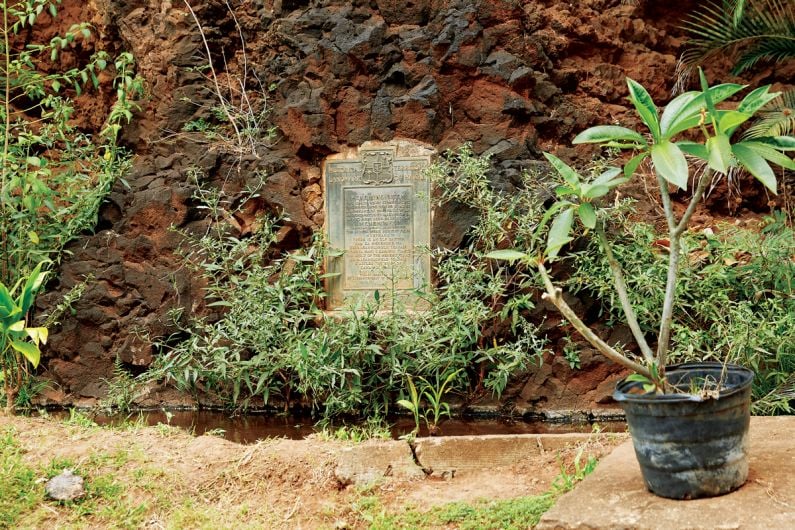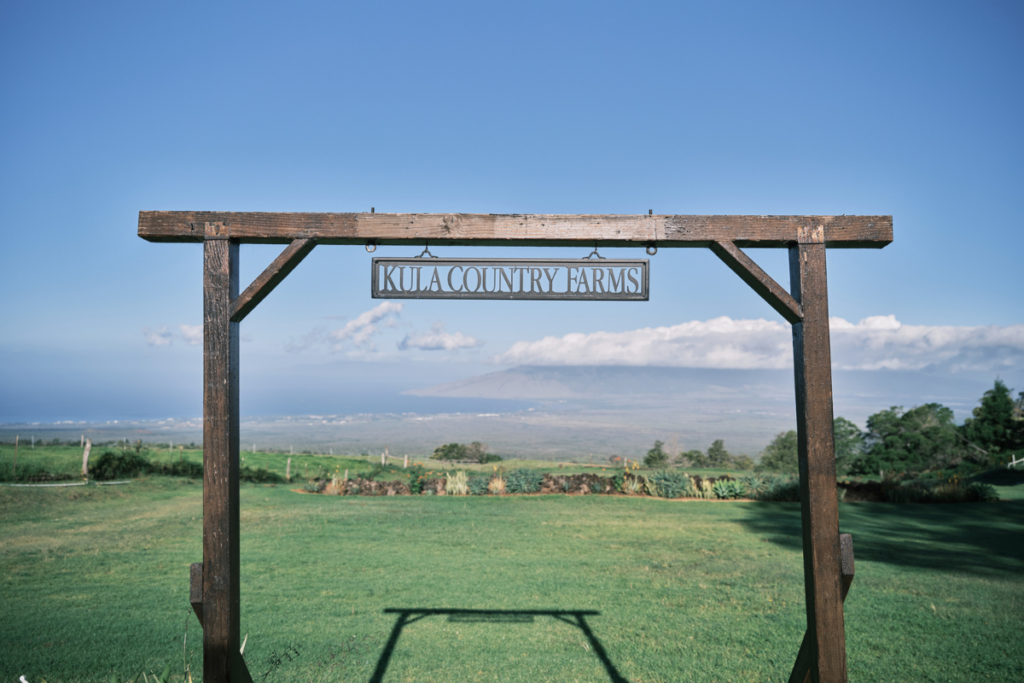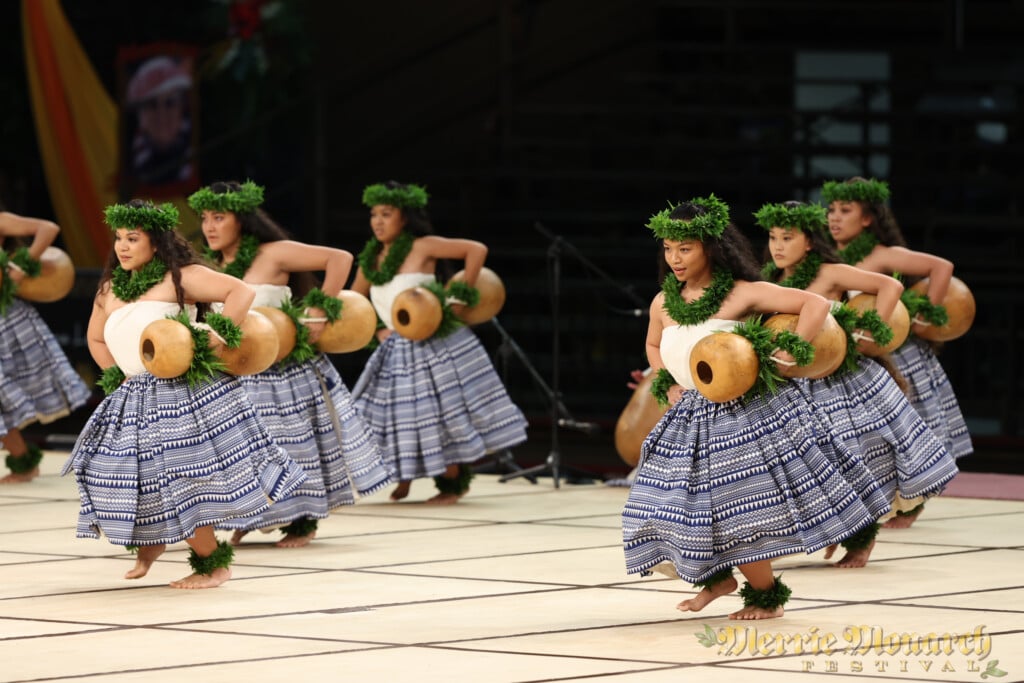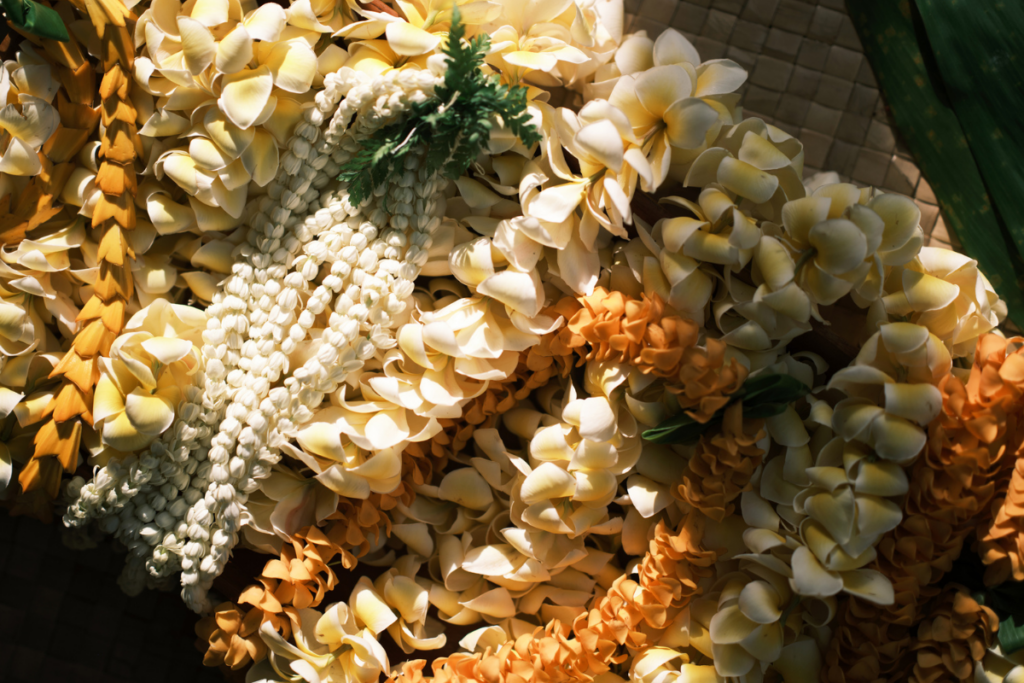The mystery of Waimea’s Menehune Ditch
On first glance, it doesn’t look like much, but this little waterway holds a fascinating secret.

On first glance, it doesn’t look like much—a small ditch on the side of the road, only about 50 feet long, in the town of Waimea, Kauai. Most people who take the short detour to get here are more interested in the swinging wooden bridge across the street, but this little waterway holds a fascinating secret. Named Kikiaola, the ditch channeled water from Waimea River to the taro patches in lower Waimea Valley. It was engineered in a way that’s not found anywhere else in Hawaii and it continues to puzzle archaeologists.

Photo: Roseanne Tackaberry/Alamy
The 120 neatly cut and smooth blocks of basalt stones are what’s unusual about it, and differs from typical Hawaiian rock wall constructions. Though only a small fraction of it is visible today, British navigator and explorer Capt. George Vancouver, during his visit in 1793, described the aqueduct as being 24 feet high with the top of the wall used as a pathway. In 1924, a road was constructed and covers almost its entirety.
Researchers believe that the stonework predates 14th century Tahitian migrations to Hawaii, and that it once spanned several miles. Could its builders be early Marquesan settlers who came to the island in the 13th century? Or could it have been built by menehune?
Described as an ancient race of people, menehune are said to be, by some researchers, the Islands’ original inhabitants, and many stories have credited the menehune for engineering feats across Hawaii. Legends of Kikiaola describe how Ola, the son of Chief Kualunuipaukumokumoku, ordered the menehune to build the wall in one night. A large group of menehune men and women obtained the stones from a quarry 7 miles away, and somehow brought them to this location. After its completion, Ola paid the menehune one shrimp per person, which is what they requested.
Visitors to Kikiaola will find a plaque, erected in 1928, marking the site that’s also listed on the National Register of Historic Places.
To visit:
From Kaumualii Highway in Waimea town, turn onto Menehune Road. Keep driving until you see the ditch on the left and the swinging bridge on the right.


